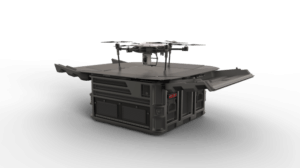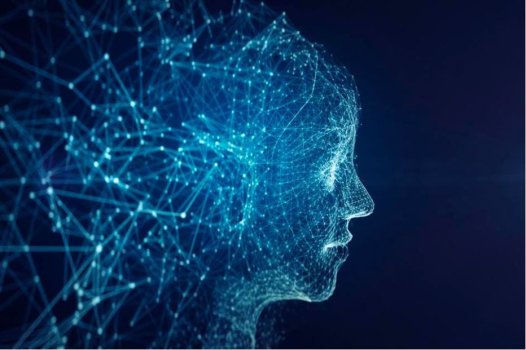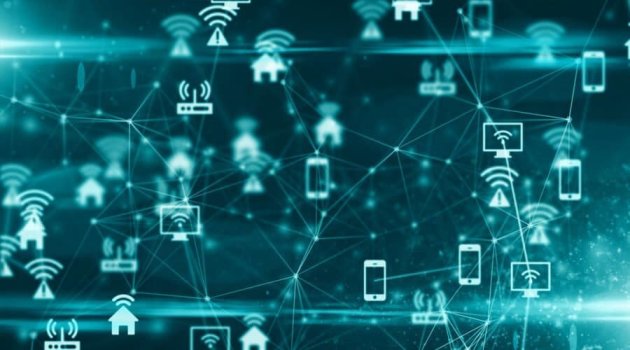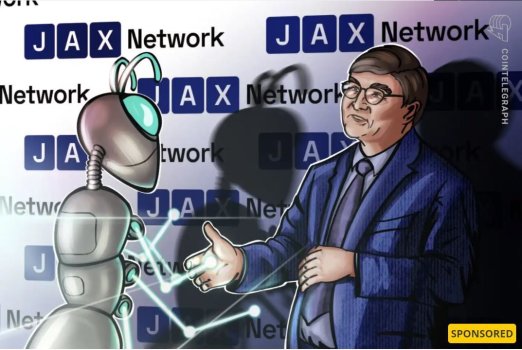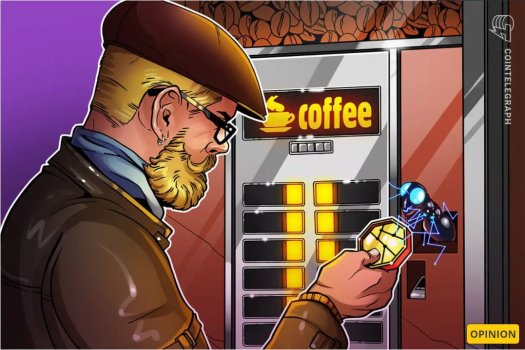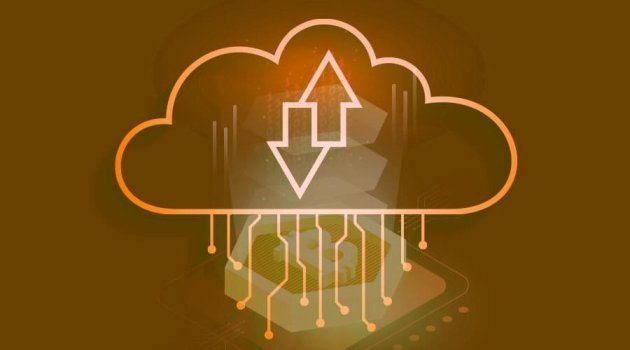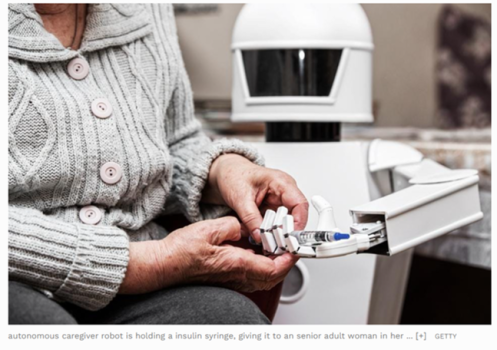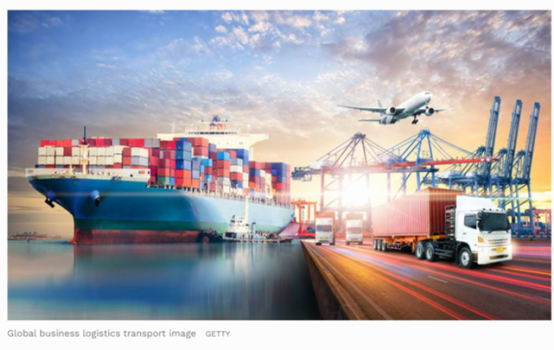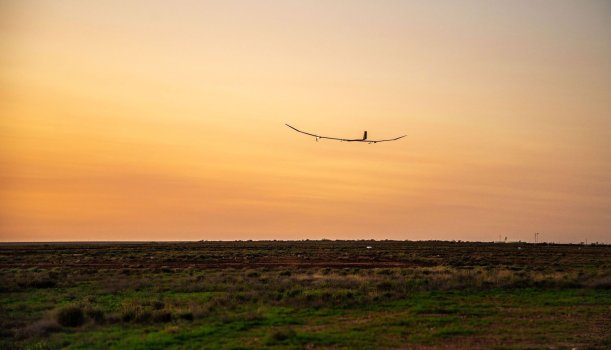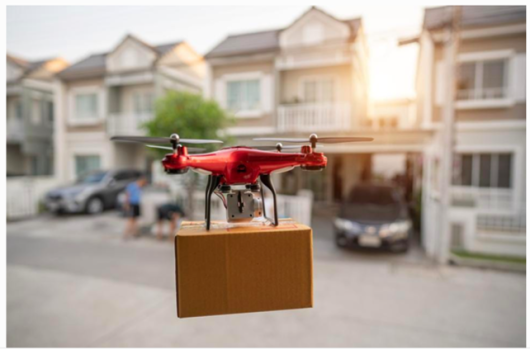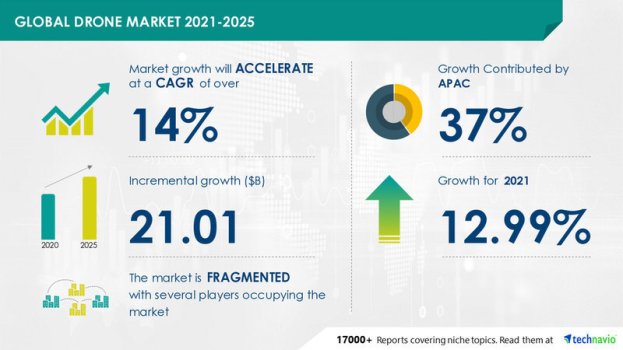What Is a Blockchain Wallet?
- Technology Solutions
- 0 Replies
Just as a physical wallet allows you to store your money, a blockchain wallet allows you to manage and use your cryptocurrencies and other blockchain-based digital assets. With the rising adoption of cryptocurrencies as an investment asset class, digital payments option, and digital economy facilitator, people who own cryptos should be familiar with blockchain wallets and their uses.
Here's what you need to know and some points to consider when choosing the type of blockchain or crypto wallet to use.
What is a blockchain wallet?
A blockchain or crypto wallet is a way to manage, secure, and use cryptocurrencies such as Bitcoin (CRYPTO:BTC) and Ethereum (CRYPTO:ETH) and other digital assets based on a blockchain (for example, an NFT). There are two basic types of blockchain wallets: software wallets and hardware wallets.
Types of software wallets include web (or crypto exchange) wallets, mobile wallets, and desktop wallets. A hardware wallet is a physical device that secures access to your cryptos offline. Here are some details on each.
Web-based wallets
These are easy-to-use wallets like those hosted by an exchange where you can buy and sell cryptocurrencies. Security keys are stored and managed by the wallet provider themselves. For example, if you buy crypto using Coinbase Global (NASDAQ:COIN), security keys that manage access to the assets are held in a web-based wallet that is always connected to the internet (known as hot storage). There are security issues with this (for example, if the exchange gets hacked), but this type of storage provides some of the easiest options for managing crypto transactions and purchasing cryptos.
Continue reading: https://www.fool.com/investing/stock-market/market-sectors/financials/blockchain-stocks/blockchain-wallet/
Here's what you need to know and some points to consider when choosing the type of blockchain or crypto wallet to use.
What is a blockchain wallet?
A blockchain or crypto wallet is a way to manage, secure, and use cryptocurrencies such as Bitcoin (CRYPTO:BTC) and Ethereum (CRYPTO:ETH) and other digital assets based on a blockchain (for example, an NFT). There are two basic types of blockchain wallets: software wallets and hardware wallets.
Types of software wallets include web (or crypto exchange) wallets, mobile wallets, and desktop wallets. A hardware wallet is a physical device that secures access to your cryptos offline. Here are some details on each.
Web-based wallets
These are easy-to-use wallets like those hosted by an exchange where you can buy and sell cryptocurrencies. Security keys are stored and managed by the wallet provider themselves. For example, if you buy crypto using Coinbase Global (NASDAQ:COIN), security keys that manage access to the assets are held in a web-based wallet that is always connected to the internet (known as hot storage). There are security issues with this (for example, if the exchange gets hacked), but this type of storage provides some of the easiest options for managing crypto transactions and purchasing cryptos.
Continue reading: https://www.fool.com/investing/stock-market/market-sectors/financials/blockchain-stocks/blockchain-wallet/



